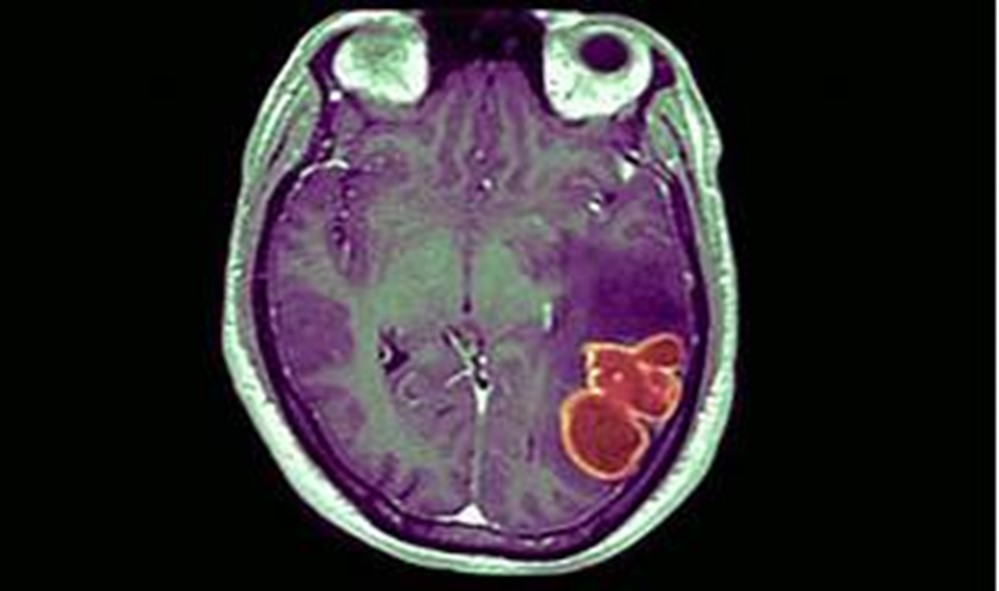A nurse is providing discharge teaching to a client who has a prescription for acetaminophen and hydrocodone (Vicodin).Which of the following instructions should the nurse include in the teaching?
Avoid driving while taking this medication
Take this medication on an empty stomach
Increase intake of foods rich in vitamin K
Limit fluid intake to prevent fluid retention.
The Correct Answer is A
The correct answer is choice A. Avoid driving while taking this medication. The nurse should instruct the client to avoid driving or operating heavy machinery while taking acetaminophen and hydrocodone (Vicodin) because these medications can cause drowsiness, dizziness, and impaired mental function. The nurse should also warn the client about the risk of addiction, overdose, and death from misuse of this medication.
Choice B is wrong because taking this medication on an empty stomach can increase the risk of nausea and vomiting. The nurse should advise the client to take this medication with food or milk to prevent stomach upset.
Choice C is wrong because increasing the intake of foods rich in vitamin K is not relevant to taking acetaminophen and hydrocodone (Vicodin). Vitamin K is involved in blood clotting and may interact with some anticoagulant medications, but not with this medication.
Choice D is wrong because limiting fluid intake to prevent fluid retention is not necessary for a client taking acetaminophen and hydrocodone (Vicodin). This medication does not cause fluid retention or edema. The nurse should encourage the client to drink plenty of fluids to prevent constipation, which is a common side effect of opioid medications.
Nursing Test Bank
Naxlex Comprehensive Predictor Exams
Related Questions
Correct Answer is ["A","B","C","E"]
Explanation

The correct answer is choice A, B, C, and E. The nurse should use the following strategies to assess this client’s pain:
• Ask yes or no questions: This can help the client to communicate their pain level and location with minimal language difficulty.
• Use a visual analog scale (VAS): This is a self-report pain scale that uses a line with endpoints labeled as “no pain” and “worst pain imaginable”.The client can point to a position on the line that corresponds to their pain intensity.VAS has been shown to be feasible, valid, and reliable for stroke patients with mild-to-moderate aphasia.
• Observe for nonverbal cues: This can include facial expressions, body movements, vocalizations, and changes in vital signs that may indicate pain.Nonverbal cues are especially important for clients with severe aphasia who cannot use self-report scales.
• Involve family members or caregivers: They can provide information about the client’s pain history, preferences, and behaviors that may indicate pain.They can also help the nurse to communicate with the client and interpret their responses.
Choice D is wrong because open-ended questions require more complex language skills and may frustrate the client with aphasia.The nurse should use simple and direct questions that can be answered with yes or no, gestures, or pointing.
Correct Answer is ["A","B","C","E"]
Explanation
The correct answer is choice A, B, C and E.Aspirin is a medication that can prevent cardiovascular events by inhibiting platelet aggregation and reducing inflammation.
However, aspirin also has some side effects that the patient should be aware of and report to the doctor if they occur.
Choice A is correct because taking aspirin with food or milk can reduce the risk of stomach irritation and ulcers that aspirin can cause.
Choice B is correct because aspirin can increase the risk of bleeding and bruising due to its antiplatelet effect.The patient should monitor for signs of bleeding such as black, tarry stools, bloody or cloudy urine, vomiting of blood or material that looks like coffee grounds, and unusual bleeding or bruising.
Choice C is correct because taking other NSAIDs (nonsteroidal anti-inflammatory drugs) concurrently with aspirin can increase the risk of stomach ulcers and bleeding.
NSAIDs include ibuprofen, naproxen, diclofenac, and others.
Choice D is wrong because tinnitus (ringing in the ears) is a sign of aspirin toxicity and should not be ignored.The patient should stop taking aspirin and seek medical attention if they experience tinnitus, confusion, hallucinations, rapid breathing, or seizures.
Choice E is correct because enteric-coated tablets can reduce the gastric irritation caused by aspirin by delaying its release until it reaches the small intestine.However, enteric-coated tablets may not be as effective as regular tablets in preventing cardiovascular events.
Whether you are a student looking to ace your exams or a practicing nurse seeking to enhance your expertise , our nursing education contents will empower you with the confidence and competence to make a difference in the lives of patients and become a respected leader in the healthcare field.
Visit Naxlex, invest in your future and unlock endless possibilities with our unparalleled nursing education contents today
Report Wrong Answer on the Current Question
Do you disagree with the answer? If yes, what is your expected answer? Explain.
Kindly be descriptive with the issue you are facing.
